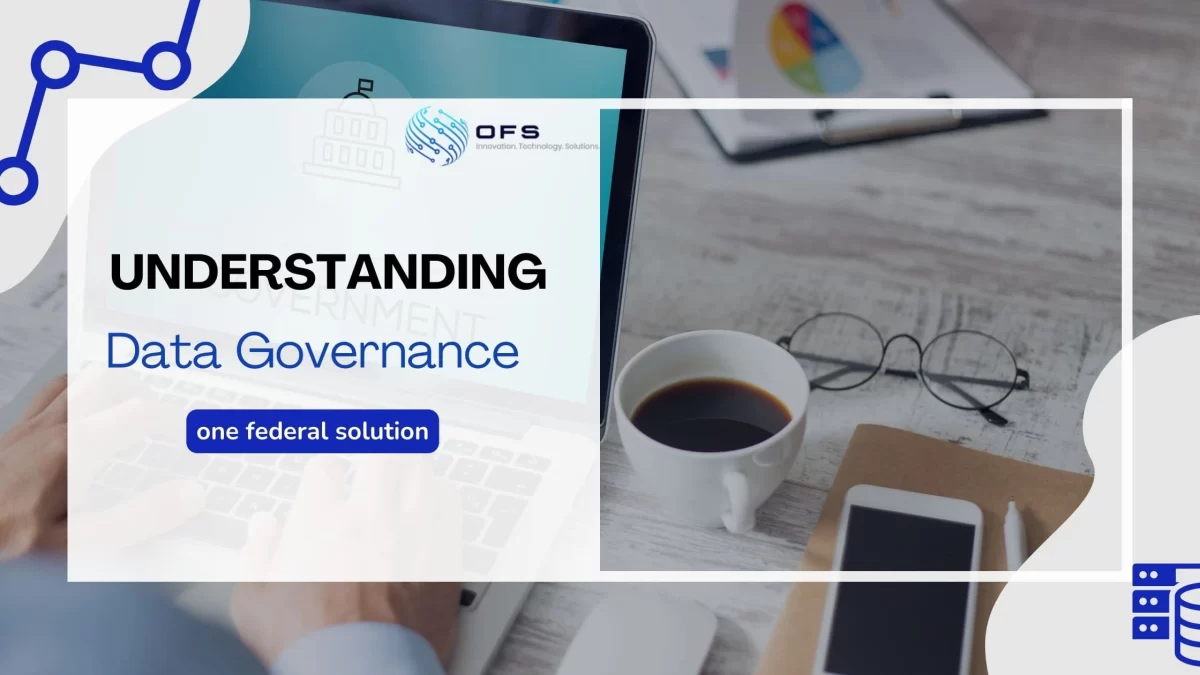Data has become one of the most valuable business resources in today’s digital age.
Whether you’re running a small business or a large corporation, the way you manage your data can significantly affect your success.
But how to make sure that your data is accurate, protected, and used responsibly?
This is where data governance steps in. But what is data governance, and why is it so important? Don’t worry—we’ll break it down for you in this guide. Let’s get started.
What is Data Governance?
At its core, data governance is a process that helps businesses ensure their data is accurate, secure, and used the right way.
Think of it as a rulebook that your entire company follows when dealing with information. It sets the standards for how data is collected, stored, and used across your organization. Whether you’re handling customer names, financial reports, or sales records, data governance ensures that this information is reliable and protected.
For example, imagine a company has customer data stored in multiple places—one system for marketing, another for sales, and yet another for customer support. Without proper governance, these systems might have inconsistent or outdated information, like different phone numbers or misspelled names. This can lead to confusion, poor customer service, or even compliance issues with privacy laws like the GDPR or CCPA.
Why Does Data Governance Matter?

Data governance is more than just organizing files neatly. It’s about making sure your business can trust its data while avoiding problems down the road. Below are some key reasons why data governance matters:
- Better Decision-Making
Companies rely on data to make decisions, whether it’s launching a new product or targeting customers with marketing campaigns. With accurate and consistent information, your decisions are more likely to succeed.
- Compliance with Regulations
Governments around the world have established strict laws to protect people’s data. Data governance helps businesses comply with regulations, avoiding hefty fines and reputational damage.
- Improved Efficiency
When everyone in the company works with the same clean, reliable data, tasks get done quicker. You don’t have to waste time fixing errors or tracking outdated spreadsheets.
- Data Security
A strong governance plan ensures sensitive information is handled properly, reducing the risk of breaches or leaks.
- Competitive Edge
Businesses that manage their data well can respond to market trends faster and serve customers better. Data governance turns your data into a powerful tool for staying ahead of competitors.
Master Data Governance
A term you might hear often is Master Data Governance or MDG. This refers to managing your most essential data—like customer profiles, product details, or employee information—in a consistent way across all departments.
How MDG is different from data governance?
While data governance sets the overall rules and policies for data management, MDG focuses on implementing those rules for master data, aiming to create a “single source of truth” and ensuring its quality and consistency.
Master data governance ensures there’s one “single source of truth.” For instance, if you update a customer’s address in the system, that update will reflect everywhere, whether it’s in billing or shipping records.
Take Amazon, for example. With millions of customers worldwide, maintaining consistent and accurate data is crucial. Imagine the chaos if a customer’s address wasn’t properly updated in the delivery system! Through master data governance, companies like Amazon can manage large volumes of data seamlessly, ensuring smooth operations.
Real-World Consequences of Poor Data Governance
To understand why businesses need effective data governance, let’s look at a real-world example of what happens when it’s missing.
A large retail company once failed to standardize its customer data across departments. This resulted in major issues when sending promotional emails. Some customers received the same emails twice, while others received emails addressed to someone else entirely. Not only did this damage their reputation, but it also violated data protection regulations, leading to significant fines and negative PR.
This is why having a strong governance framework in place—complete with clear policies and staff roles—is essential for avoiding such costly mistakes.
Roles in Data Governance
Data governance is a team effort. Businesses need the right people in place to make it work effectively. Here’s a quick look at some important roles:
- Chief Data Officer (CDO): The person in charge of creating the company’s data governance strategy and pushing it forward.
- Governance Committee: A group of decision-makers who create policies and ensure compliance across the organization.
- Data Stewards: Individuals responsible for day-to-day data monitoring, ensuring that rules are followed, and correcting errors as needed.
- Data Specialists: These are the technical experts—like engineers and data analysts—who use tools to carry out governance rules at a technical level.
Collaboration Between Teams
Effective data governance also requires teamwork between IT professionals, business leaders, and other employees. For instance, IT experts might choose the tools and technology used for managing data, while the marketing team ensures customer data is accurate and up to date. This collaboration helps align everyone toward shared goals.
Building a Data Governance Framework
When implementing data governance, businesses need a clear framework, which acts as the blueprint for success. Here are the key steps:
- Define Your Goals: Start with clear objectives. Do you want to improve regulatory compliance? Enhance operational efficiency? Make data analytics easier?
- Assign Roles and Responsibilities: Make sure every team knows who is responsible for different aspects of data governance.
- Create Policies and Controls: Establish rules about how data should be managed, stored, and accessed.
- Leverage Technology: Use tools for automating tasks like data mapping, lineage tracking, and data cataloging. For instance, Master Data Management (MDM) platforms can help ensure your master data stays consistent across your company.
- Monitor Compliance: Regularly review your governance practices to ensure they remain aligned with changing laws and business needs.
Tools for Data Governance

Modern businesses have access to a wide range of tools to help streamline their governance efforts. Some popular tools include:
- Data Mapping Software: This helps you understand where your data comes from and how it flows.
- Business Glossaries: Create a shared understanding of definitions like “customer” or “revenue” within your organization.
- Master Data Management (MDM) Tools: Ensure that the most important data is always accurate and consistent across systems.
Final Thoughts
Data governance isn’t just a technical requirement—it’s a strategic necessity for modern businesses.
By setting clear guidelines, fostering collaboration, and leveraging the right tools, companies can trust their data to make smarter decisions, protect customer information, and gain a competitive edge in their industry. Whether you’re a small business just starting on your governance journey or a large corporation looking to optimize your processes, taking data governance seriously will put you on the path to long-term success.
Now that you know “what is data governance” and the role of master data governance, it’s time to take action. Investing in a strong governance framework today will lead to better data, happier customers, and a more effective business tomorrow.

